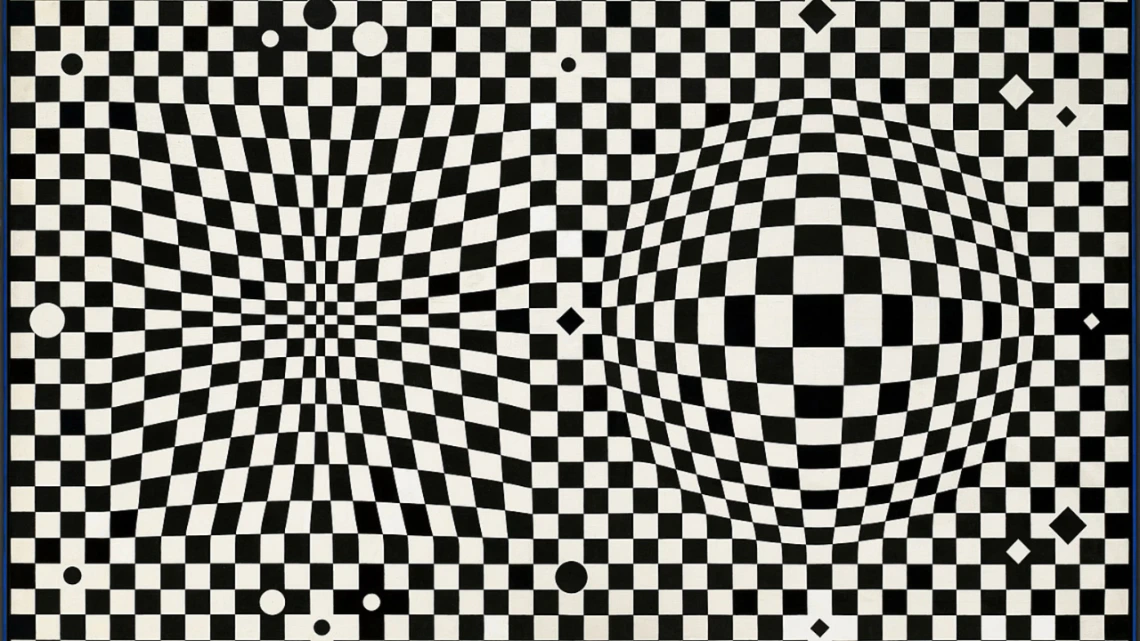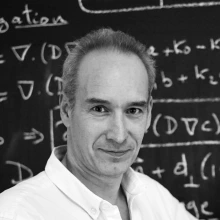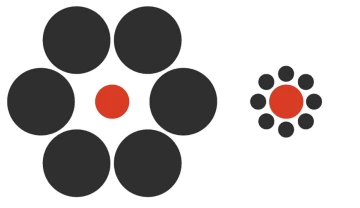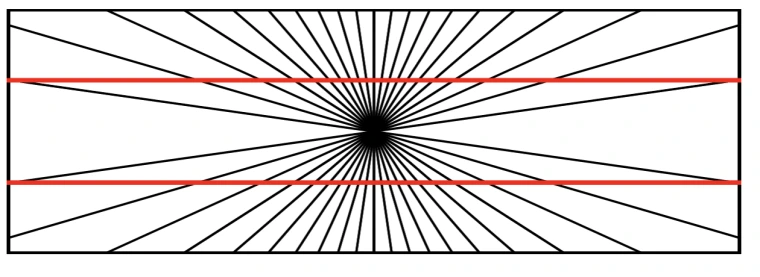Seeing is Decieving: The Mathematics of Visual Illusions

April marked another successful annual Daniel Bartlett Memorial Lecture put on by the Department of Mathematics. This year, the math community gathered to learn about the mathematics of visual illusions discussed by Oxford’s Alain Goriely.

Alain’s mathematical career has deep ties to Arizona as he joined U of A mathematics in the late 1990’s. According to the program flyer, during his time with the Department of Mathematics, Alain built a unique research portfolio at the intersection of mathematics, mechanics, and biology. In 2010 he joined Oxford, becoming the inaugural Chair of Mathematical Modeling., and in 2022 Alain’s career contributions were recognized with his election as a Fellow of the Royal Society. He has always been drawn to “quirky science”, balancing the unusual alongside more serious scholarly pursuits. At one point early in his career he investigated whip cracking and the knotting of umbilical cords. His passion for public engagement and knack for showing the whimsicality of math made him the perfect candidate for this year’s lecture.
The Daniel Bartlett Memorial Lecture is made possible by Daniel’s family and friends, who show up every year eager to learn. Daniel loved mathematics and excelled at it all of his life. His enjoyment of life inspired many colleagues, including Alain. The purpose of the lecture is to memorialize Daniel, and to foster awareness and appreciation of mathematics. Alain was elected to the Gresham Professorship of Geometry which allows him to bring mathematics to broader audiences through accessible and inspiring lectures. This year’s lecture did just that, taking audience members on a whimsy filled journey of visual illusions.
Alain began by reminiscing on Daniel’s sense of humor especially when it came to mathematics. Transitioning into the idea of the philosophy behind optical illusions, he quoted Epicharmus of Kos. “The mind sees & the mind hears. The rest is blind and deaf.” Alain explained that some believe it is the environment and conditions that affect what we see and hear, not our own senses. While there are many schools of thought surrounding optical illusions and how they are perceived, the lecture went deeper into the idea of how our senses might try and correct the “issues” and “disalignment” in any given illusion. Examples used included a side by side image of Sather Tower at Berkeley - which looked like one image of the tower was learning further than the other despite being the same photo - various historical art pieces, and basic geometrical images. Illusions are both objective and subjective making the concept so difficult to understand and consequently study. Our brains have an inherent desire to complete puzzles. Alain’s research goal is to create a theory of illusions, a formula that can explain illusions and how they’re perceived.
Attendees were engaged throughout the hour, laughing, gasping, and taking notes. “Optical illusions are everywhere but I always just saw them as something cool to look at, not necessarily a puzzle that my brain is trying to figure out,” said one attendee, “I will definitely be looking at art and other illusions with a more focused eye from now on.”

By bringing together neuroscience, art, psychology, and math, Alain was able to engage every audience member. He went further into his research on the geometry of the visual system, attempting to explain why we can’t perceive angles correctly in illusions. For example, the red lines on the image below are straight but for some reason our visual system cannot process that with the addition of the background lines. Similarly in the image to the right, the red circles are the same size but the surrounding circles alter our perception.

The lecture concluded with a lively discussion that further proved how many opportunities there are to study visual illusions. There were questions about how size, color, and other individual factors play into the perception of an illusion. Alain concluded that “mathematics provides a powerful framework to model and study quantitatively many illusions and their variations”. According to the presentation, local activation and lateral inhibition, a process that enhances sensory perception, are reasonable mechanisms. Circling back to his antidote about Daniel’s sense of humor, he ended with a quote by comedian and actor Chico Marx, who said “well, who ya gonna believe me or your own eyes?”. Watch the lecture below.
Learn more about our public lectures HERE.

